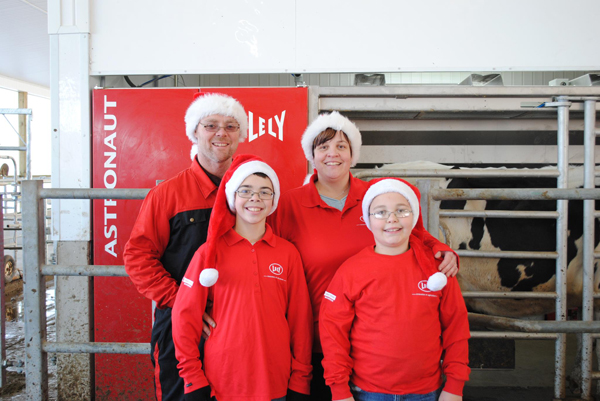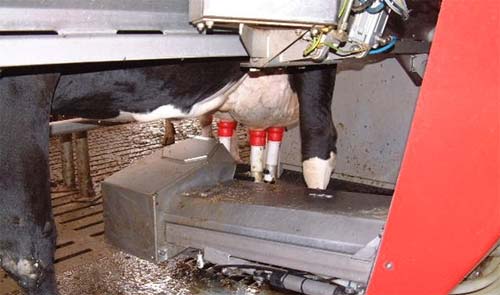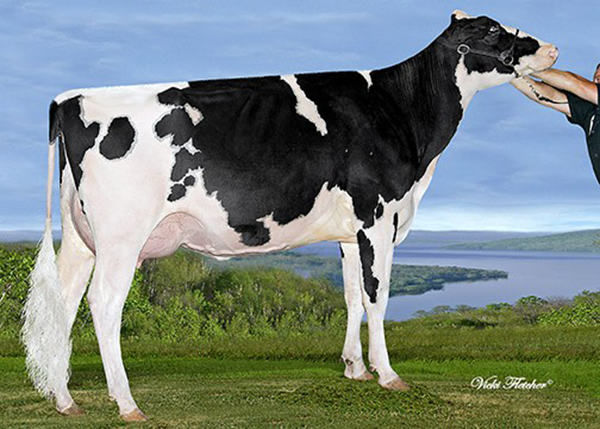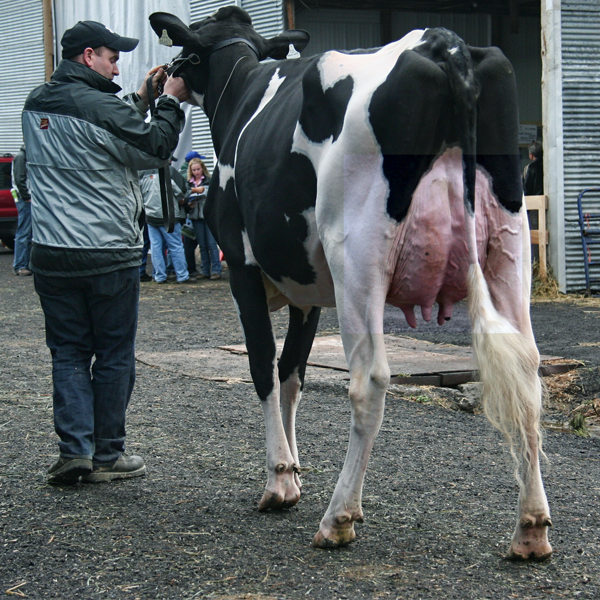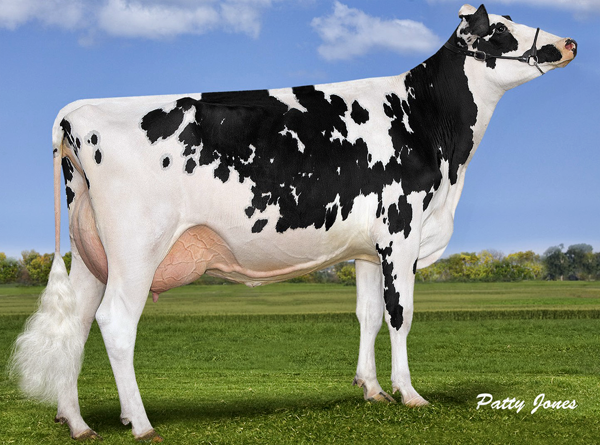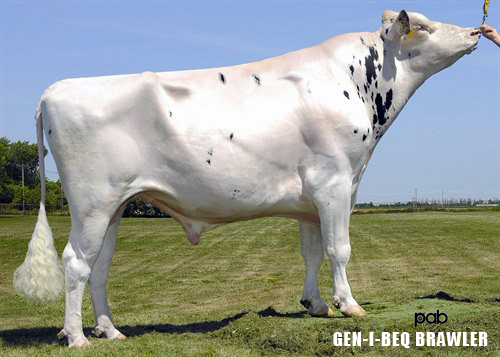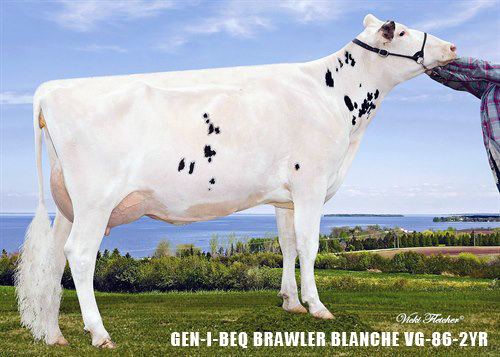Before there was Donald Trump, there was Jack Welch, one of America’s greatest business leaders in history. During Jack Welch’s 20-year career as chairman and CEO of General Electric, GE’s company value rose 4000%. That is a 200% per year growth rate. More than 50 times that of the average company. How did Jack do it? He got rid of the bottom 10% of GE’s employees every year.
Such bold and committed action could also apply in dairy farming. Although most of us are so entrenched in our own operations that we cannot always be objective. But we should be objective. Managers must make the tough decisions. Are you ready to Fire the Bottom 10%? Management choices or decisions could very well be significantly dragging down your profits.
Random Poll
So The Bullvine polled dairy producers asking them:
“In managing your dairy enterprise, if someone said to you fire the Bottom 10% in order to increase your profits what would you do?”
The following four management areas were the ones the producers identified as their top “fire the bottom” moves.
Heifer Rearing
Producers tell us that the easiest and quickest change they can make is to stop raising all their heifer calves. In the past selling springing bred heifers or recently calved in first calvers was a revenue source. Some long for those days to return. The reality is that those days in North America are not about to reoccur with increased use of sexed semen and producers finding ways to retain still profitable older cows.
One producer in expansion mode dropped his heifer numbers back and used the barn space and feed to milk more cows. He did it using the heifer sized free stalls for a group of 22-26 month old milkers. Another producer changed his program to lower feed costs using a very high forage diet for all milking females thereby needing more cows to fill his daily milk shipments. His plan is that by dropping from 75 to 65 pounds of milk per cow per day he will have less cow turnover, a shorter calving interval and more profit per cow per day of productive life. Profit per cow per day (sometimes referred to as daily return over feed costs) is a term all producers are now using extensively.
Some producers report selling all heifer calves to a heifer raiser with the option of buying back needed replacements at $200 over going market price for any of his own heifers. He is very satisfied with them and he knows their ancestry. The only limiting factor being he must take care not to cause his farm any biosecurity problems with the reintroductions. He is considering testing his reintroduction for common diseases. But still sees that new cost much outweighing the cost for feed, labour or capital costs associated with raising his own replacements.
Reproductive Performance
Producers tell us that reproduction is their biggest thief of profits. Changing reproductive performance is not easy to put in place. Steps being taken include: not breeding back cows or heifers that have a history of poor reproductive performance; milkers requiring a fourth breeding are not rebred; purchasing heat monitoring systems; creating a group of cows 60 days in milk until confirmed pregnant or a decision is made not to rebreed and using high genomic bulls instead of AI.
Other producers have worked with specialists and redesigned their transition cow program. Many report excellent results relative to calving, no retained placentas or metritis, quick entry into the milking string and high percent of first heats post calving by 50 days in milk. They have found a savings in staff time handling problems and maintaining detailed records.
Still other producers have handed off heat checking to their AI technician with very good results. It is one less job for the milkers and animal feeders to do.
Animal Health
Producers share about the frustration with the excessive time required by a sick cow, or a lame cow or a sick calf. ‘If only we did not have to be taking an extra twenty minutes per day to deal with each animal with a health problem, besides the drugs cost and lost milk’.
One producer shared how he has built an expensive barn and manure handling system only to find that the number of cows with feet problems has exploded. His thinking is that producers are too willing to accept lameness, feet problems, foot trimming, footbaths, loss of milk, treatment costs and other detrimental issues as a cost of doing business. To that he added that in the end he had to spend even more money to re-design his housing system and now he has sand wearing out his equipment. He actually longed for the good old days when cows could walk on dry natural surfaces.
Few of the producers see a way clear of health problems. This suggests that, as an industry, we need to think – if what we are doing isn’t working for us we definitely need to step back from the problem and find effective approaches to handling animal health.
Technology
Producers have given this topic much consideration and many have implemented changes. The list was quite long but it often does not hurt to repeat what producers are doing. The list includes: install robotics; milking the cows less than 120 days fresh 3x; hiring out the field work to a custom operator thereby eliminating labour and capital cost; capturing more cow information at every milking in both parlour and tie stall barns, (as mentioned above) heat detection systems; training and assigning specialty jobs to staff; purchasing software programs that capture and analyze data so manager can make quick accurate decisions and the list went on. In all cases it appears that dollar cost-benefit criteria were used to base decisions on. Definitely this is an area that producers feel more comfortable with. Which is reassuring given that the average herd size is growing and wage rates are increasing.
The Bullvine Bottom Line
Jack Welch earned a reputation for brutal candor in his meetings with executives. He rewarded those in the top 20% with bonuses and stock options. Sometimes as dairy breeders we are guilty of looking at our operations as a way of life and not as a business. The hard truth is the dairy business decisions need to be based on dollars. Firing poor performers is not just good for your dairy business, it’s necessary. Where do you draw the firing line?
Not sure how much to spend on that great 2 year old or heifer?
Want to make sure you are investing your money wisely?
Download our Dairy Cow Investment Calculator.





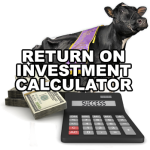
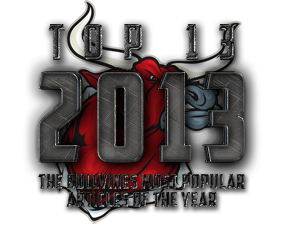
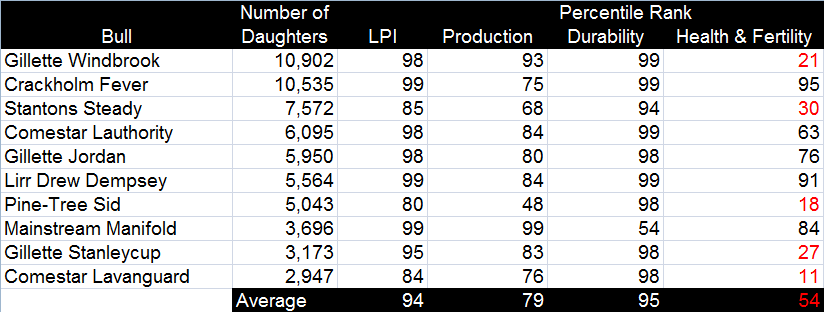


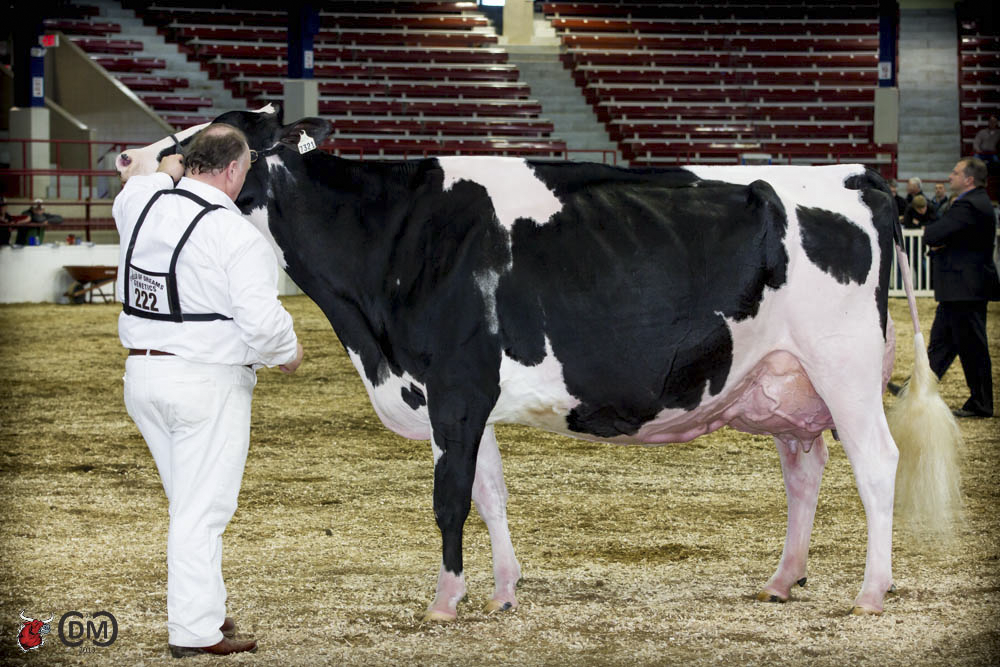
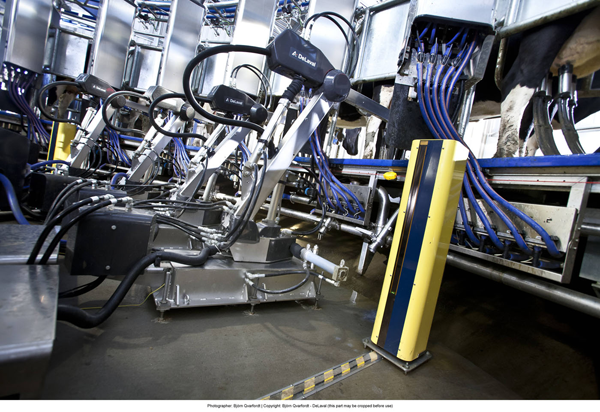

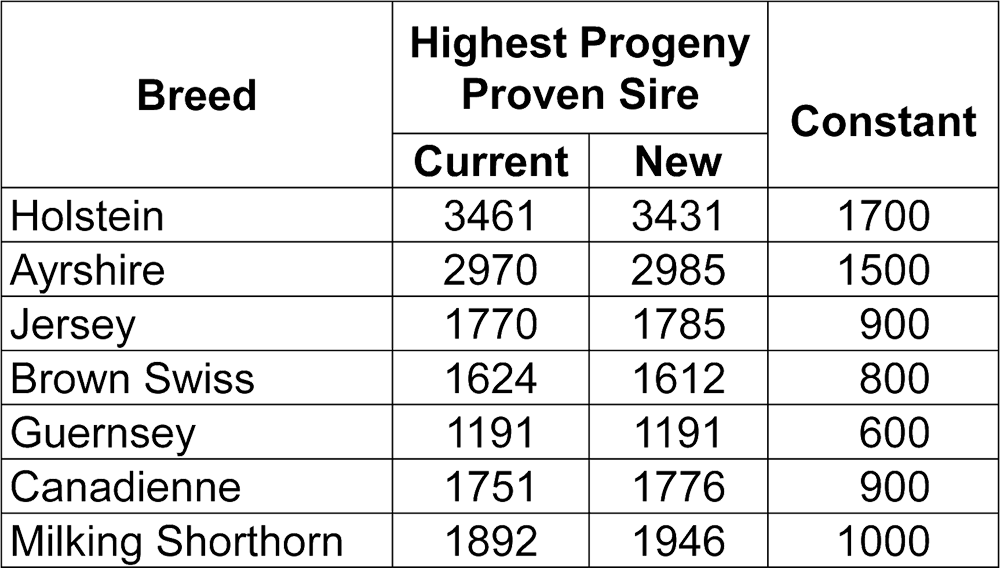
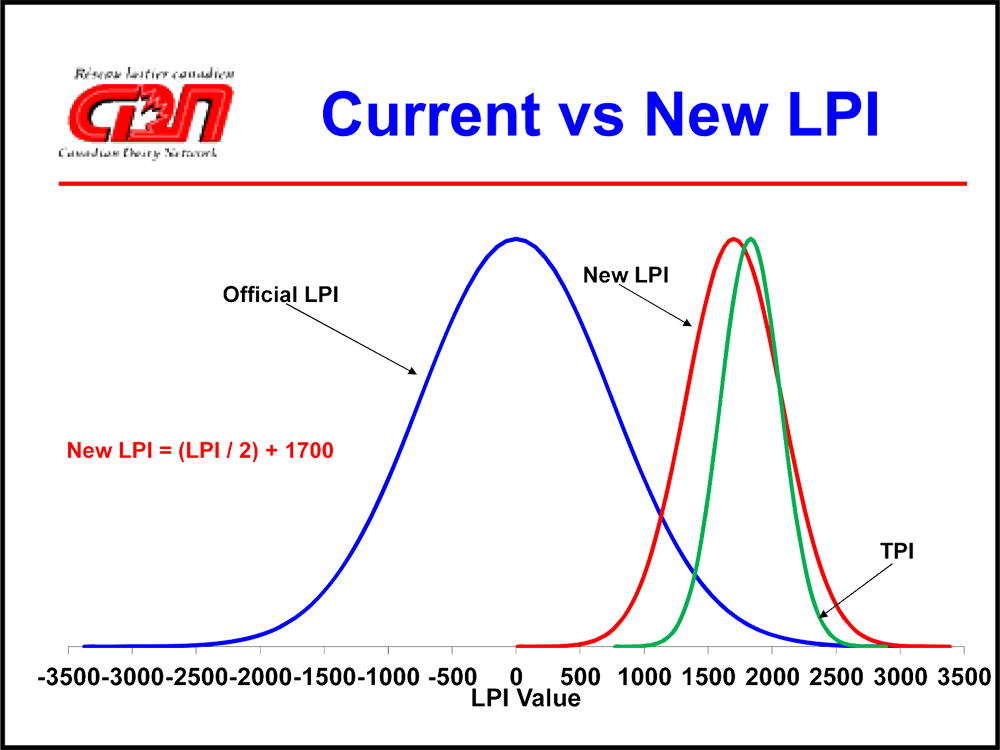
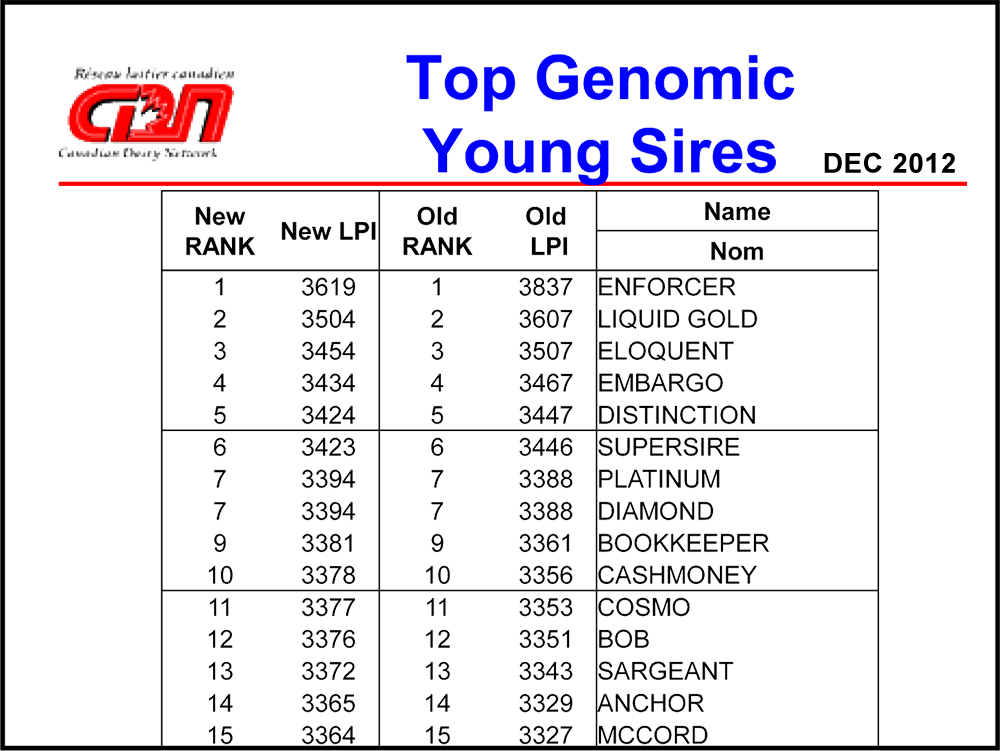
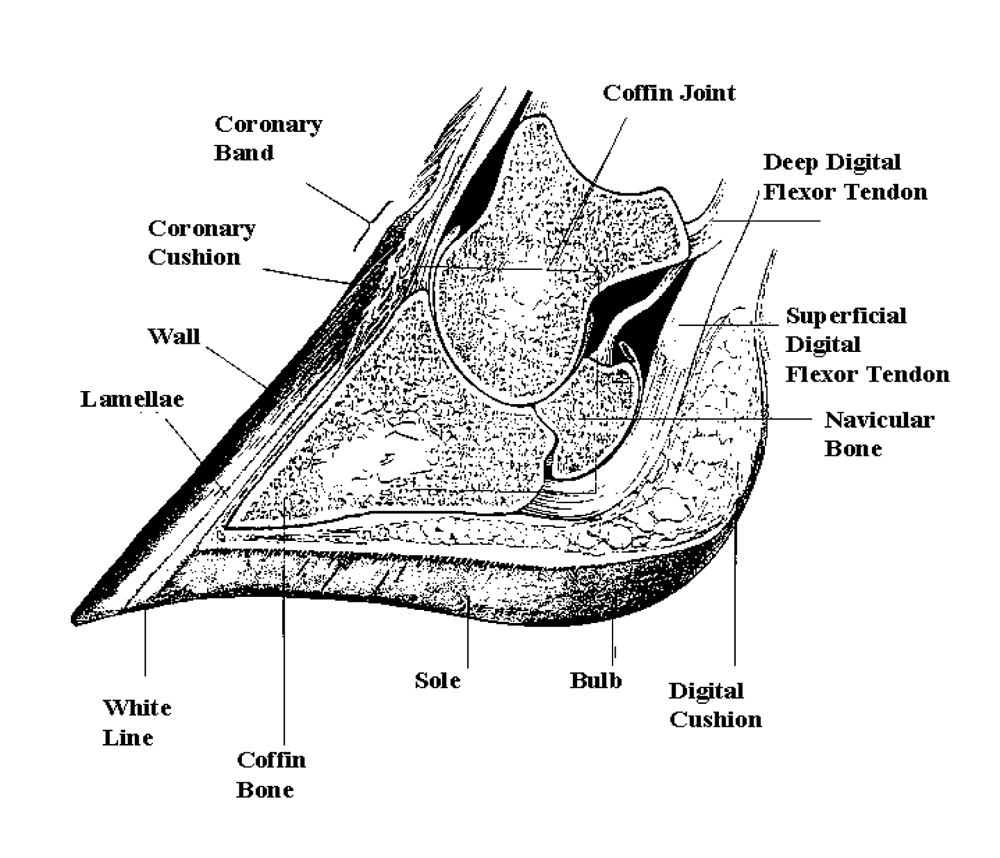

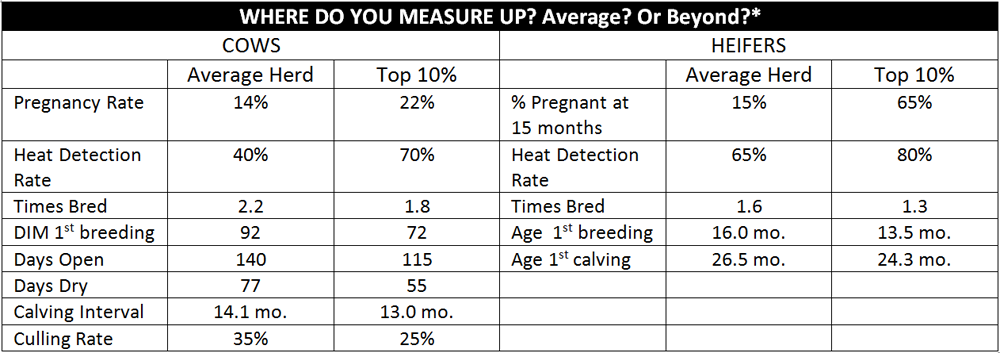
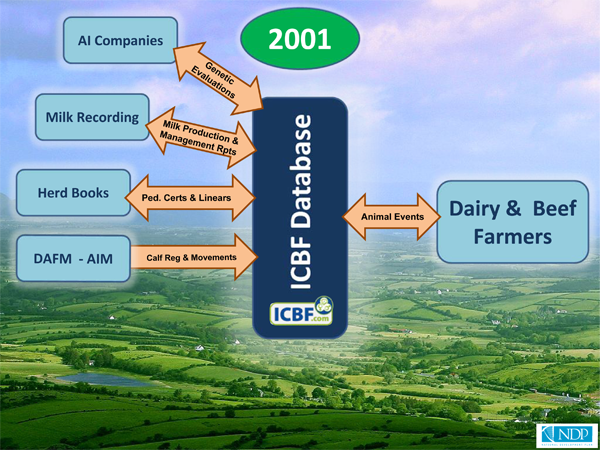
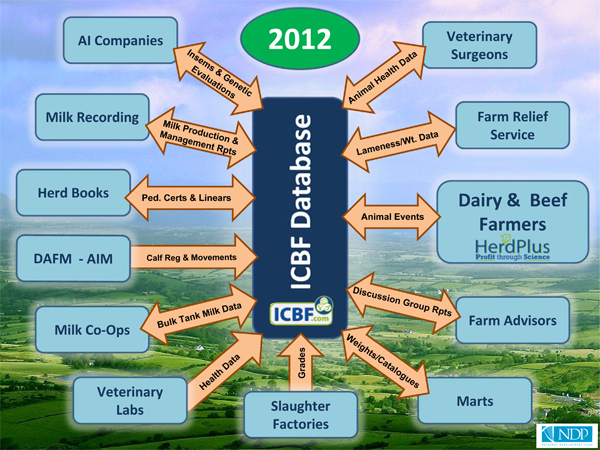
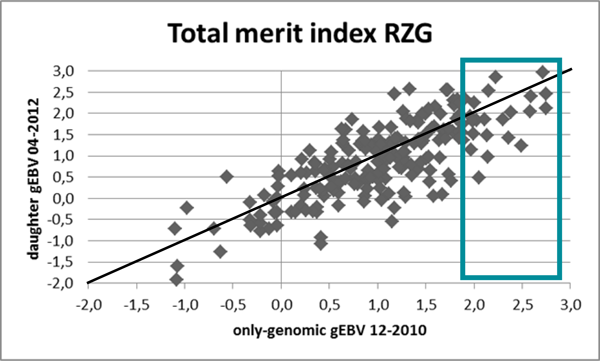
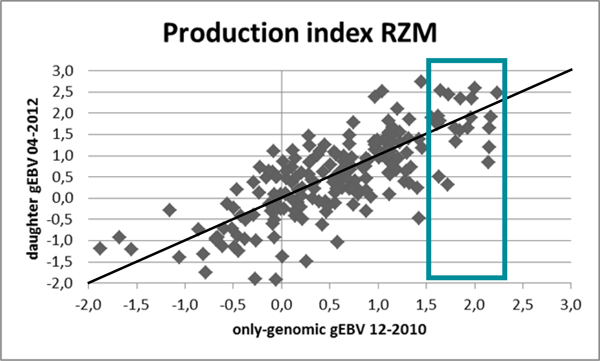
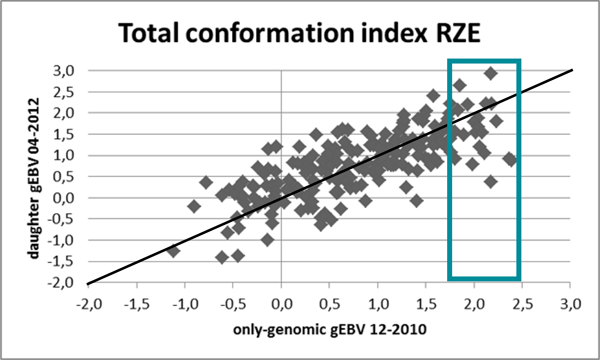
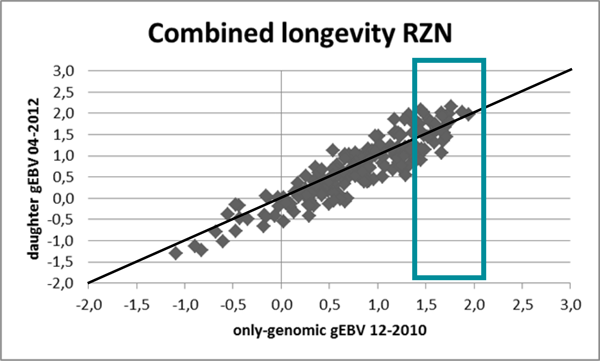
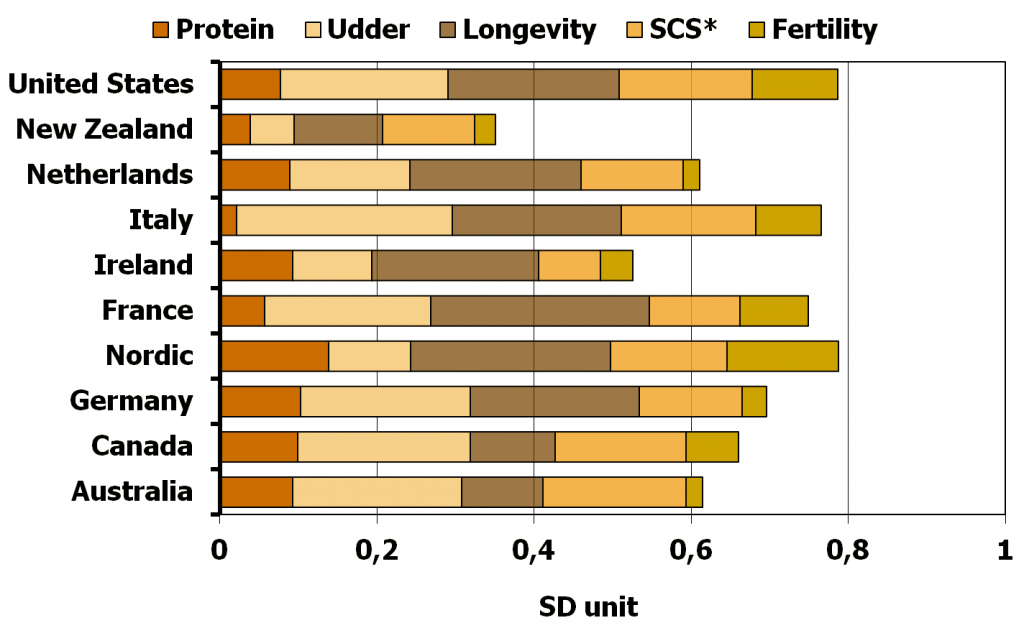
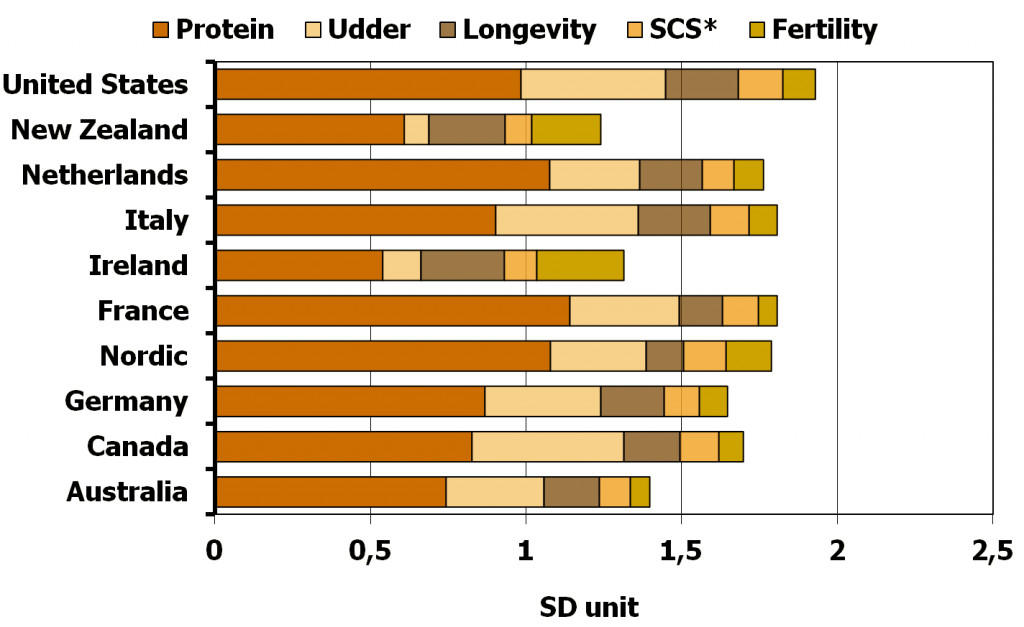
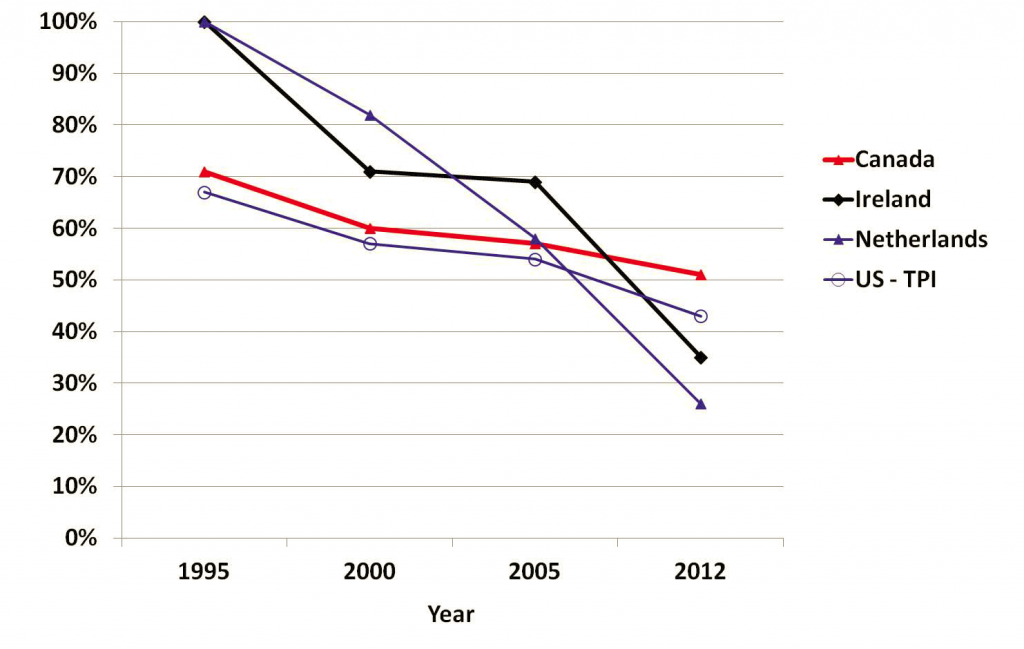
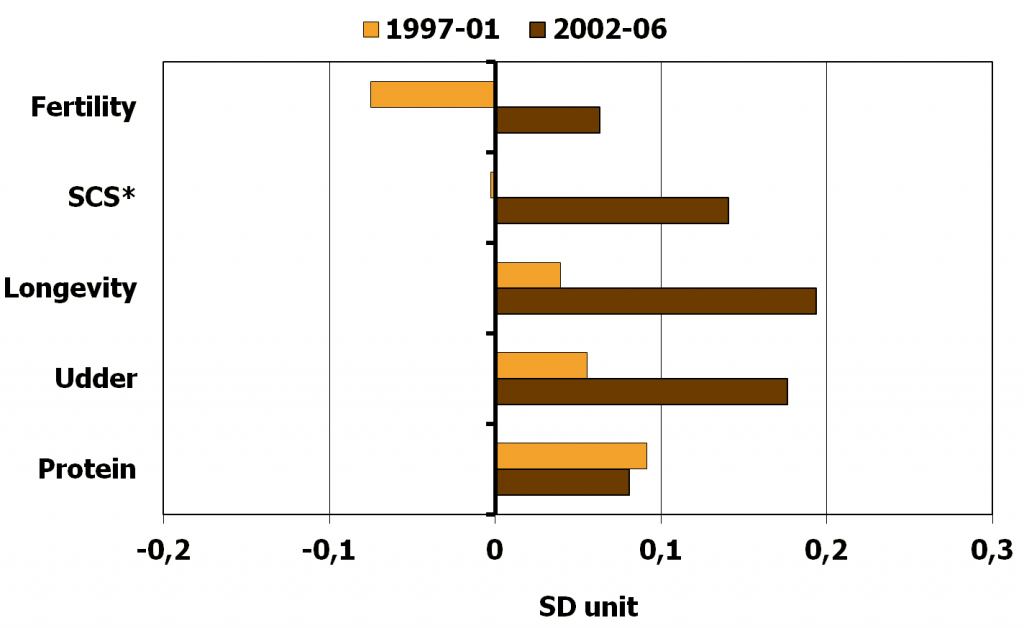
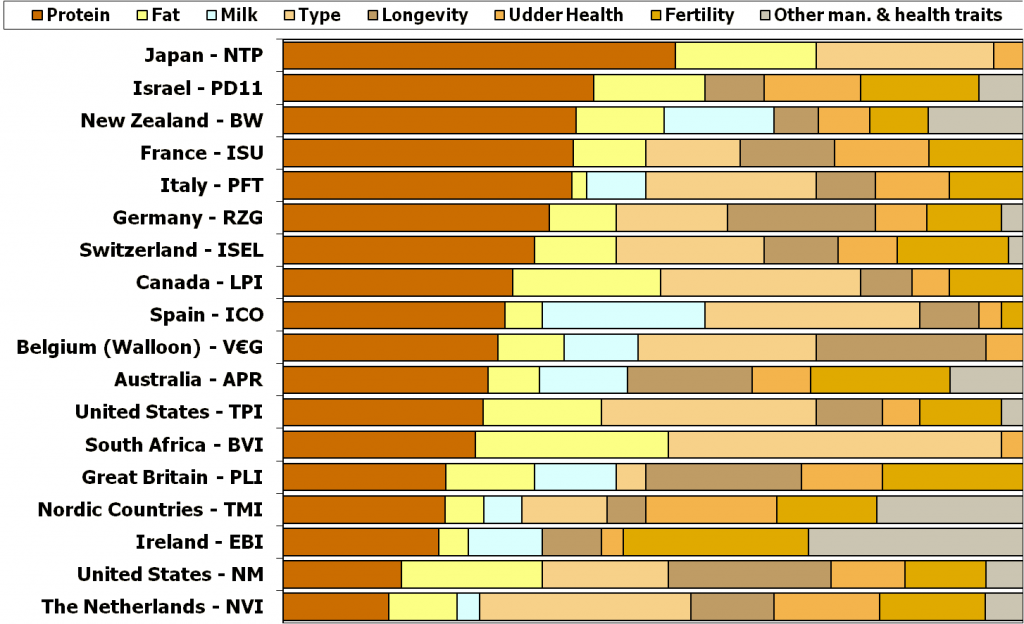

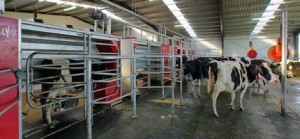 The Bullvine had the opportunity to meet and interview four robot users. First is Francisco Rodriguez of Madison, Wisconsin who is a recognized authority on the use of robots and brings his experience as a veterinarian, breeder and Dairy Management Advisor Automatic Milking for DeLaval North America (Read more –
The Bullvine had the opportunity to meet and interview four robot users. First is Francisco Rodriguez of Madison, Wisconsin who is a recognized authority on the use of robots and brings his experience as a veterinarian, breeder and Dairy Management Advisor Automatic Milking for DeLaval North America (Read more – 